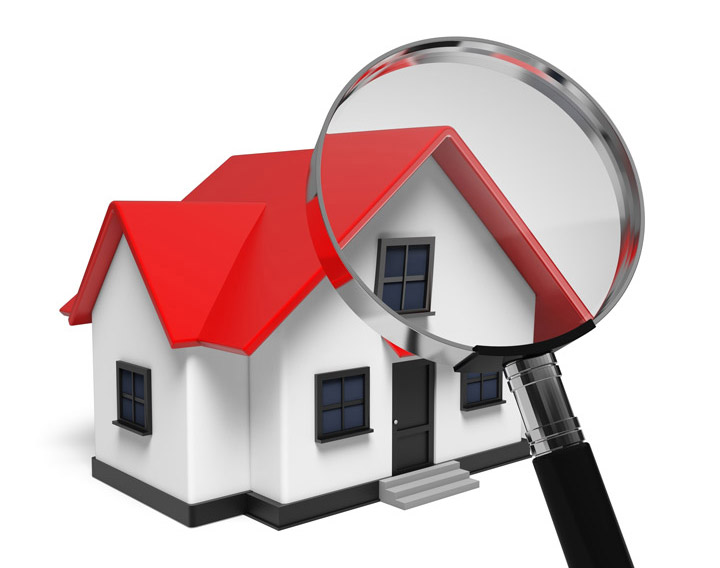
Understanding AppraisalsTheir home's purchase is the largest transaction some people may ever encounter. It doesn't matter if where you raise your family, an additional vacation home or a rental fixer upper, purchasing real property is an involved transaction that requires multiple people working in concert to see it through. Most of the participants are quite familiar. The real estate agent is the most known person in the exchange. Next, the lender provides the financial capital needed to finance the exchange. And the title company ensures that all details of the transaction are completed and that a clear title transfers from the seller to the purchaser. So, who makes sure the real estate is worth the purchase price? In comes the appraiser. We provide an unbiased estimate of what a buyer might expect to pay — or a seller receive — for a property, where both buyer and seller are informed parties. A licensed, certified, professional appraiser from Chad Cheatham will ensure, you as an interested party, are informed. Appraisals start with the home inspectionTo ascertain the true status of the property, it's our responsibility to first conduct a thorough inspection. We must see features hands on, such as the number of bedrooms and bathrooms, the location, and so on, to ensure they truly are there and are in the shape a typical buyer would expect them to be. To make sure the stated size of the property is accurate and illustrate the layout of the home, the inspection often entails creating a sketch of the floorplan. Most importantly, we look for any obvious features - or defects - that would have an impact on the value of the property. Once the site has been inspected, an appraiser uses two or three approaches to determining the value of the property: sales comparison and, in the case of a rental property, an income approach. 
Cost ApproachHere, we pull information on local building costs, the cost of labor and other factors to determine how much it would cost to replace the property being appraised. This estimate usually sets the maximum on what a property would sell for. The cost approach is also the least used method. 
Paired Sales AnalysisAppraisers become very familiar with the neighborhoods in which they appraise. They thoroughly understand the value of specific features to the homeowners of that area. Then, the appraiser looks up recent sales in the vicinity and finds properties which are 'comparable' to the real estate at hand. Using knowledge of the value of certain items such as upgraded appliances, additional bathrooms, additional living area, quality of construction, lot size, we adjust the comparable properties so that they are more accurately in line with the features of subject.
An opinion of what the subject might sell for can only be determined once all differences between the comps and the subject have been evaluated. At Chad Cheatham, we are experts in knowing the worth of real estate features in Edmond and Oklahoma County neighborhoods. This approach to value is most often given the most consideration when an appraisal is for a home purchase. Valuation Using the Income ApproachIn the case of income producing properties - rental houses for example - we may use a third approach to value. In this case, the amount of income the property produces is factored in with other rents in the area for comparable properties to derive the current value. The Bottom LineCombining information from all applicable approaches, the appraiser is then ready to document an estimated market value for the property at hand. The estimate of value on the appraisal report is not necessarily the final sales price even though it is likely the best indication of what a property is worth. Depending on the specific circumstances of the buyer or seller, their level of urgency or a buyer's desire for that exact property, the closing price of a home can always be driven up or down.But the appraised value is typically used as a guideline for lenders who don't want to loan a buyer more money than they could recover in the event they had to put the property on the market again. At the end of the day, an appraiser from Chad Cheatham will help you discover the most accurate property value, so you can make profitable real estate decisions. |